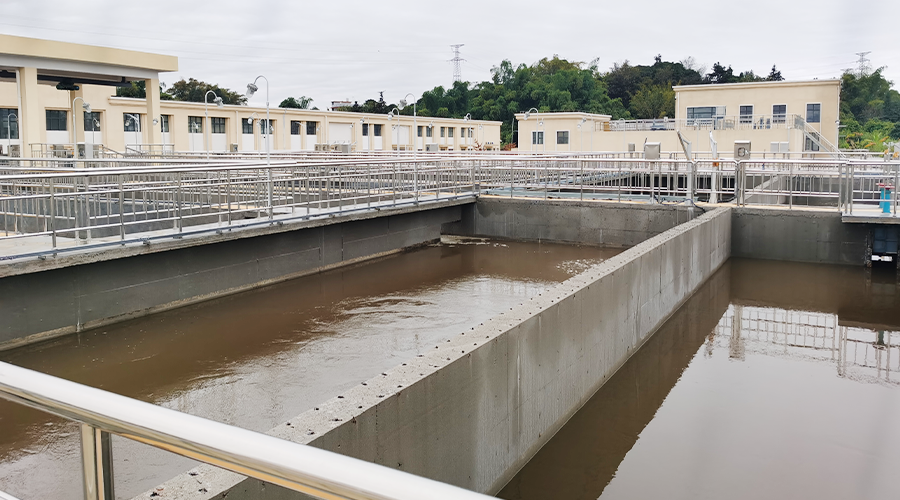Introduction
Monitoring the pH and conductivity values of pure water tanks is crucial for ensuring water purity and preventing contamination. Online monitoring systems provide real-time data and alerts, allowing for timely actions and improved process control. This article will guide you on how to realize online monitoring of pH and conductivity values in your pure water tank.
Importance of Monitoring pH and Conductivity Values
Proper monitoring of pH and conductivity values is essential for several reasons.
Ensuring Water Purity: pH and conductivity measurements help maintain the purity of the water in the tank. Deviations from the desired pH range or unexpected changes in conductivity can indicate the presence of impurities or contaminants.
Maintenance and Calibration: Regular monitoring allows for timely maintenance and calibration of the sensors and probes. Accurate measurements ensure reliable data and prevent false alarms or inaccurate readings.
Preventing Contamination: Monitoring pH and conductivity values helps identify any potential contamination sources and enables quick corrective actions to prevent further contamination.
Methods for Online Monitoring
There are several methods available for online monitoring of pH and conductivity values:
pH Sensors and Probes: pH sensors and probes are used to measure the acidity or alkalinity of the water. These sensors typically consist of a glass electrode and a reference electrode. The pH value is determined by measuring the potential difference between the two electrodes.
Conductivity Sensors and Probes: Conductivity sensors and probes measure the electrical conductivity of the water, which is related to the concentration of dissolved ions. These sensors use two electrodes to measure the resistance of the water to the flow of an electric current.
Integration with Control Systems: Online monitoring systems can be integrated with control systems or SCADA (Supervisory Control and Data Acquisition) systems. This integration allows for centralized monitoring, data logging, and remote access to the pH and conductivity values.
Choosing the Right Monitoring System
When selecting an online monitoring system for pH and conductivity values, consider the following factors:
- Accuracy and Reliability: Choose a system with high accuracy and reliability to ensure precise measurements and minimize false alarms.
- Connectivity and Compatibility: Ensure that the monitoring system can connect to your existing infrastructure and is compatible with your control system or data management platform.
- User-Friendly Interface: Opt for a system with a user-friendly interface that allows for easy configuration, calibration, and data visualization.
Installation and Setup
Proper installation and setup are essential for accurate monitoring:
Sensor Placement: Place the pH and conductivity sensors at representative locations within the pure water tank. Ensure the sensors are immersed properly and away from potential sources of interference.
Calibration Procedures: Follow the manufacturer’s instructions to calibrate the pH and conductivity sensors regularly. Calibration ensures accurate measurements and compensates for any drift over time.
System Configuration: Configure the monitoring system according to your specific requirements. Set appropriate alarm thresholds and establish data logging intervals for continuous monitoring.
Benefits of Online Monitoring
- Online monitoring of pH and conductivity values offers several advantages:
- Real-Time Data and Alerts: Continuous monitoring provides real-time data, enabling immediate detection of any deviations from the desired values. Alerts can be configured to notify personnel of critical conditions or out-of-range measurements.
- Cost Savings and Efficiency: Timely identification of abnormal pH or conductivity values helps prevent equipment damage, reduce maintenance costs, and optimize the consumption of chemicals used for water treatment.
- Improved Process Control: Accurate and reliable measurements allow for better process control and optimization, leading to improved product quality and operational efficiency.
Troubleshooting and Maintenance
- To ensure the longevity and accuracy of the monitoring system, follow these troubleshooting and maintenance practices:
- Regular Sensor Cleaning: Clean the pH and conductivity sensors as recommended by the manufacturer to remove any buildup or fouling that may affect the measurements.
- Calibration Checks: Perform regular calibration checks to verify the accuracy of the sensors and adjust if necessary. This ensures reliable and consistent measurements.
- Troubleshooting Common Issues: Familiarize yourself with common issues related to online monitoring systems, such as sensor drift, electrical interference, or communication errors. Troubleshoot these issues promptly to maintain the system’s effectiveness.
Conclusion
Online monitoring of pH and conductivity values is vital for maintaining the purity of pure water tanks and preventing contamination. By implementing the right monitoring system, ensuring proper installation and calibration, and following maintenance best practices, you can achieve accurate and reliable measurements. Real-time data and alerts provided by online monitoring systems enable timely actions and improved process control, resulting in cost savings and enhanced efficiency.
FAQs
Q1: How often should pH and conductivity sensors be calibrated?
A1: pH and conductivity sensors should be calibrated according to the manufacturer’s recommendations. Typically, calibration is performed monthly or quarterly, but it can vary depending on the specific application and environmental conditions.
Q2: Can I use the same monitoring system for multiple pure water tanks?
A2: Yes, many monitoring systems are designed to handle multiple tanks simultaneously. However, ensure that the system has the capacity and connectivity options to accommodate your specific requirements.
Q3: What are some common causes of sensor drift?
A3: Sensor drift can be caused by factors such as fouling or buildup on the sensor surface, aging electrodes, or changes in temperature or pressure. Regular cleaning and calibration can help minimize sensor drift.
Q4: Can online monitoring systems be accessed remotely?
A4: Yes, most online monitoring systems provide remote access capabilities. This allows authorized personnel to monitor pH and conductivity values, receive alerts, and access historical data from anywhere with an internet connection.
Q5: Are online monitoring systems suitable for industrial-scale water treatment facilities?
A5: Absolutely. Online monitoring systems are widely used in industrial-scale water treatment facilities to ensure water quality and compliance with regulatory standards. They offer real-time monitoring, data logging, and automation capabilities necessary for large-scale operations.
Post time: May-18-2023

